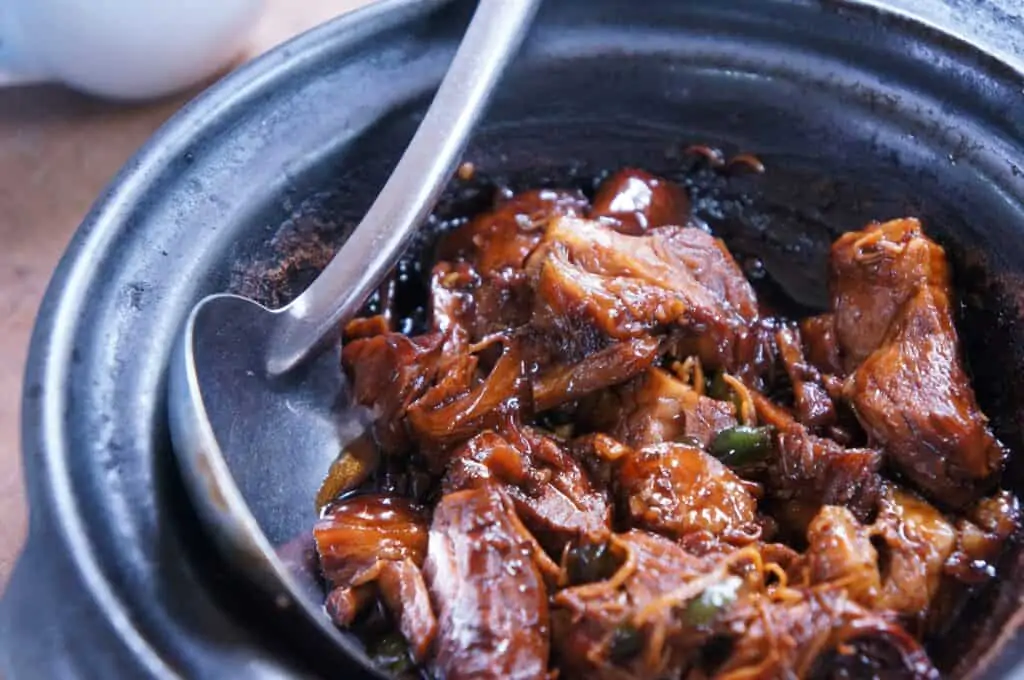
Paleo diets, vegan diets, carnivore diets, fasting, intermittent fasting, HIIT training, extra cardio … let’s face it: there seem to be many avenues to losing body fat.
However, many people trying to lose weight tend to jump around between diets (myself included in the early years!), trying to find “the one” that will burn fat and help keep it off, while still supporting heavy training.
At the end of the day, different diets and training styles aim to put your body into the most optimal state for fat burning. But what exactly is that perfect state?
Let’s dive into when and how your body actually burns fat, so you can better understand how to structure your own diet and training regime for maximum results.
When, Why, and How Does Your Body Burn Fat?
I like to think of the last several decades of diets and styles of exercising as a giant, society-wide study on the exact mechanisms of how our bodies burn fat. And finally, in 2020 and after many trials and errors (remember the low-fat decades?), I think we have a good grasp on what works and what doesn’t.

While nowadays we dislike the way our body seems to store fat so readily, historically it was a massive benefit. Food was obviously not found in stores and took quite a bit of effort to get, even if that food was being gathered. Calories were steadily burned from the constant movement of simply living, without machines or vehicles or grocery stores. As such, our bodies rapidly figured out that they needed to be extremely conservative with energy (aka, calories) just in case food wasn’t available for a day or two.
When we bring this system into modern society where food is plentiful and available at every turn, and when driving to the store or even ordering online is the only effort we need to make to eat, it’s easy to see how this storage system can backfire.
However, even though it can seem discouraging to know our body is primed to store calories, it’s a crucial piece of information to remember when we dive into what the optimal fat-burning state is.
When Does Your Body Burn Fat?
In short, your body begins to burn fat when it runs out of readily-available energy, or calories.
When we eat, protein, fat, and starch (glucose) are broken down into usable energy. This energy is first in line to be used for immediate activity. This is why you’ll often see long distance runners noshing on different forms of energy packets or granola bars: their body uses the energy right away for fuel.
As we know, the excess calories we don’t use for our daily activity are stored as fat in our fat cells.
“Fat burn” is when our body has run out of immediate energy from food, and instead has to reach inside of its fat cells and use that stored fat for fuel. When this happens, the fat cell shrinks because it is no longer being filled, and voila! Our fat is “burned off.”
This process occurs, at its core, when we aren’t eating, and/or if we are counting calories in order to remain in a calorie deficit. This means that our bodies are using more calories during the day than we’re putting in, and as such, have to dip into our fat stores.
Now, this seems simple enough: if we restrict calories and/or exercise more, we lose fat. End of story, right?
Unfortunately long-term calorie restriction can backfire, since your body is extremely sensitive to energy input and output. If it senses a calorie deficiency over a long enough time period, it will slow your metabolism and burn as little as it possibly can to conserve energy. It does this to spare you in times of “famine,” which we are lucky enough to say are few and far between these days.
With that being said however, there are multiple strategies that can get and keep you in fat burning mode, without continuously restricting your calories. The first and most obvious way is to focus on eating 100 percent natural foods (veggies, greens, wild meats, eggs, and fish, winter squashes, olive and coconut oils, and nuts and seeds) while adding in a workout regime. Natural foods are often much lower in calories than processed foods, and are also free from excess sugars (which we’ll discuss more below). Most people notice that if they simply begin to eat moderate portions of real food and work out, they’ll start dropping fat.
Intermittent Fasting, Low-Carb Diets, and Sugar
One thing to keep in mind with fat loss is that it’s common to reach plateaus. This happens when your body stops dropping fat, even though you’re continuing your regular diet and workout routine. You can thank biology for this one again: it has caused your body to adapt to the changes you’ve made so far, and now it’s going to keep you at your current level of body fat.
Here is where we typically find different types of dieting and styles of working out that help push us past these plateaus and lose weight.

Intermittent fasting (IF) is one of these, and it involves alternating periods of eating with fasting, usually daily or weekly. In essence, IF mimics the “feast and famine” structure of eating of our early ancestors, encouraging our body to “use up” the fat in our fat cells when we’re not eating. Then, when we do it, the limited time frame we eat in naturally puts a cap on the amount of calories we can consume (provided we’re eating natural foods). Many, many people experience extreme success with IF, and even pair it with “fasted” cardio for greater results.
Alongside IF, eating a low-carb diet has also been proven to be extremely successful for weight loss due to mimicking your body’s fat-burning state. When we consume carbs or other sugars, it essentially primes our body to store fat by raising our insulin levels.
Insulin is the hormone that helps keep our blood sugar in check. When you eat a sugary or carb-rich meal, your body releases it to help move excess sugars from your blood.
And where does it move those sugars? Into your fat cells to be stored as fat.
Low-carb diets tend to work well because fat and (to a lesser extent) protein don’t spike your insulin levels in the same way carbs do, which can result in less fat storage. And, since your body prefers glucose (sugars) as its energy source, it very easily burns through your immediate energy stores of glucose in your blood stream and liver and begins to pull stored fat from your cells. Then voila! Again, we have fat loss.
Key Takeaways to Optimize Fat Burn
• Eat a low-carb, natural diet free from processed foods and sugars.
• Try intermittent fasting, which encourages your body to tap into you fat stores.
• Try fasted cardio (30 minutes in the a.m. pre-breakfast) to further encourage your body to burn pure fat.
• Avoid snacking and only eat when you’re hungry (minimizes insulin spikes and allows your body to tap into your fat stores).
